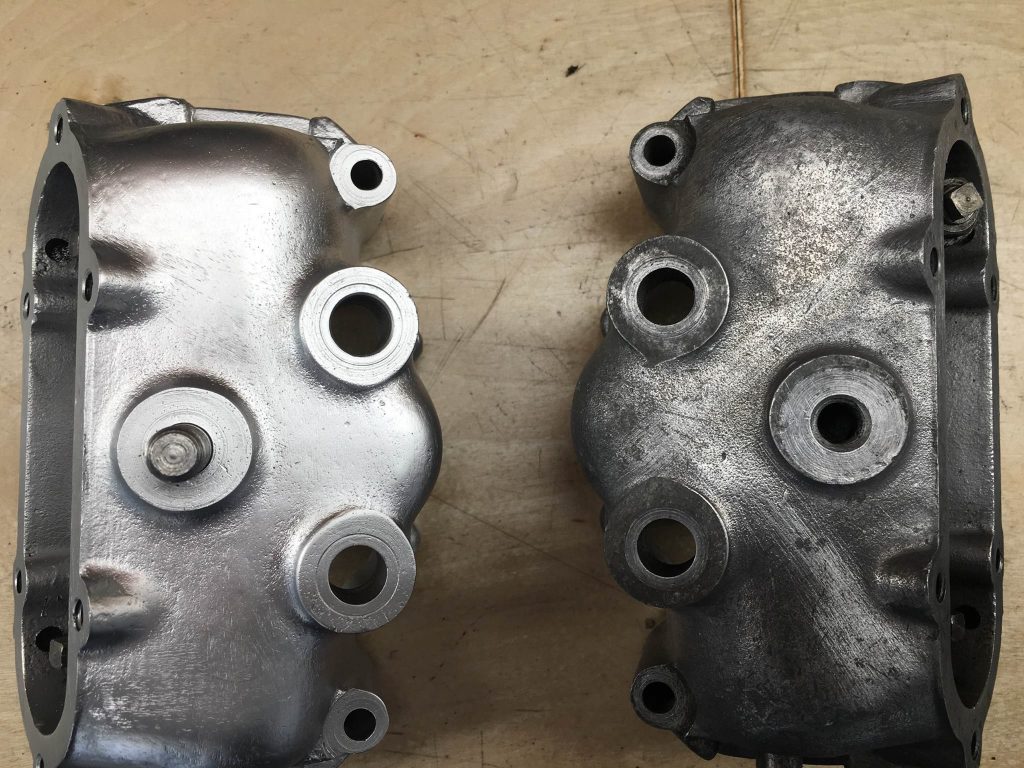Surface preparation has two methods, wet blasting, and dry blasting. Deciding on which preparation method to use will depend on several factors. Some of these factors are the substrate material, the condition of the substrate, and the type of coating specified. The pros and cons of wet blasting can also be a factor when choosing which method to use.
Let’s take a look at the differences between sandblasting and vapor blasting.

Sandblasting
Sandblasting or abrasive blasting is a method that utilizes pressurized air to push sand particles or other materials toward the surface. Sandblasting is great for removing old paint, dirt, and rust. It also creates a surface that helps the new paint stick to the substrate, creating protective coatings that will last longer.
Although hard abrasives are used to prepare hard metal surfaces, soft abrasives are better for removing softer surfaces such as old paint or dirt from various substrates made of fiberglass, rubber, plastic, some metals, composites, or wood.
Using soft abrasives can safely remove any paint, rust, or corrosion from industrial equipment or machines without any damage.
Vapor Blasting
Vapor blasting is a non-aggressive technique that is for softer applications. Vapor blasting combines a thin film of water with fine blasting media. This technique can remove dirt, contaminants, rust, corrosion, and paint from various surfaces.
Vapor blasting has a gentle cleaning effect even on delicate surfaces, as it reduces any damage to the application and provides a high-quality finish.
Compared to sandblasting, vapor blasting delivers a more cost-effective option. Because vapor blasting offers an environmentally friendly method of providing contaminant-free surfaces and uses limited amounts of water, it has become the go-to choice for many painting projects.
By considering the requirements of industrial blasting projects and preparation standards for various surfaces, our vapor blasting contractors can help answer your questions.

